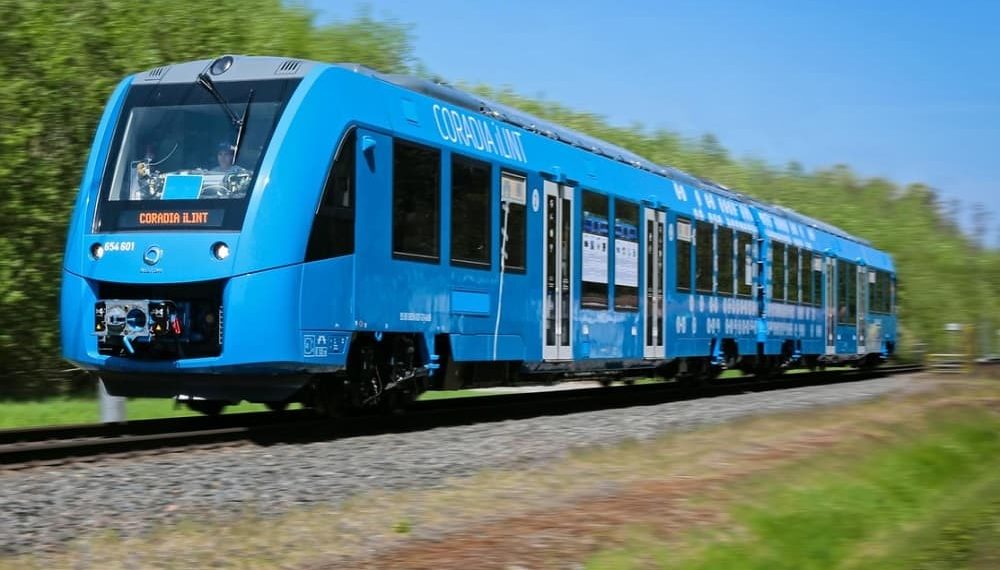Alstom and Hamburger Hochbahn AG have together successfully launched commercial service of the Hesop energy converter, which captures trains’ braking energy and redirects it for use elsewhere, in Hamburg, Germany. It is the country’s first such system and the first instance of Hesop being provided as a standalone product operating in full conversion mode.
Hesop is installed in the Rauhes Haus station on the U2 line of the city’s metro network. Capturing 99% of the braking energy, it redirects it for use within the passenger station and returns any excess to the grid.
“Hesop is one of our responses to operators’ need for increased energy efficiency. We are proud to have introduced the system to Germany. It is an important element of the clean, efficient public transportation of the future, offering unique economic and environmental benefits,” says Jörg Nikutta, Managing Director of Alstom in Germany and Austria.
Hesop is the most powerful energy converter in the market and provides an innovative solution to the increasing energy demands of public transportation while making the overall system more sustainable. With this provision of Hesop as a standalone product, Alstom demonstrates its ability to offer flexible and varied product packages that meet the unique requirements of individual operators.
Alstom and Hamburger Hochbahn AG signed a letter-of-intent to test Hesop in September 2018. The order was delivered in 2019. The system is developed and manufactured at Alstom’s site of Charleroi in Belgium, while the site of Saint-Ouen in France is responsible for the system design.
Hesop is an advanced reversible power substation which both supplies traction voltage to a network and recovers braking energy from vehicles. Thanks to its wide range of voltage and power configurations, 125 units of Hesop have already been installed or ordered by a multitude of different networks: from metros in Milan, Riyadh, London, Dubai and Panama to tramways in Sydney and Milan.


































